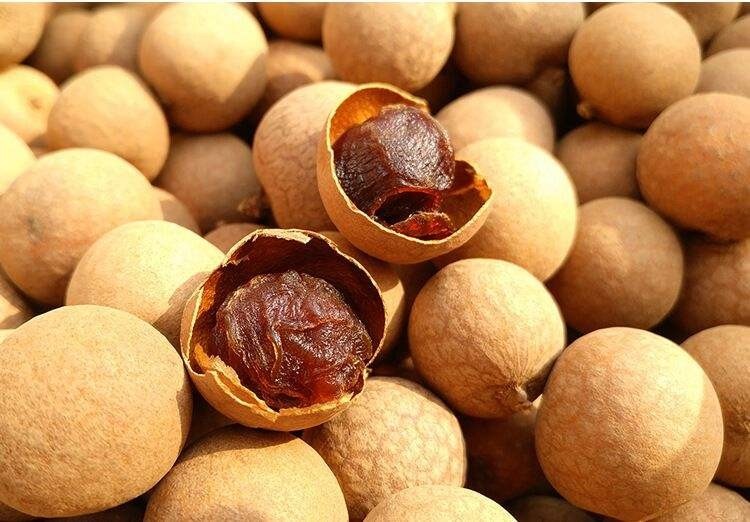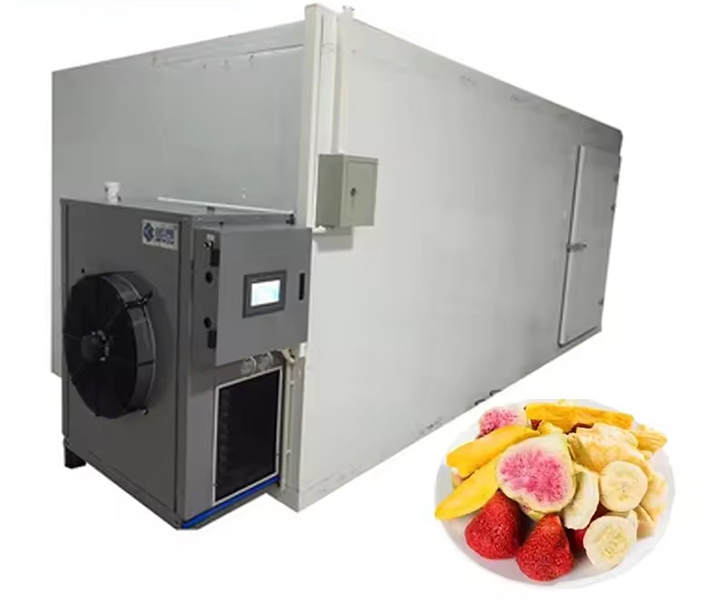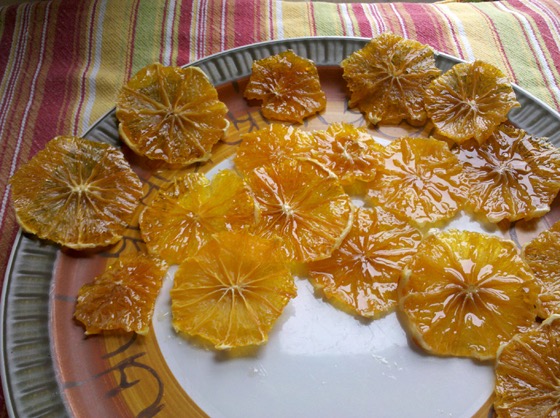
Content Menu
● Understanding Food Dehydration
>> How Does It Work?
● Benefits of Using a Food Dehydrator
● Common Uses for Food Dehydrators
● Additional Creative Uses for Food Dehydrators
● How to Use a Food Dehydrator
● Tips for Successful Dehydration
● Health Benefits of Dehydrated Foods
● Conclusion
● FAQ
>> 1. What types of foods can I dehydrate?
>> 2. How long does it take to dehydrate food?
>> 3. Can I use my oven instead of a dehydrator?
>> 4. Do I need to pretreat my fruits before dehydrating?
>> 5. How should I store dehydrated foods?
● Citations:
Food dehydrators are versatile kitchen appliances that allow you to preserve a variety of foods by removing moisture. This process not only extends the shelf life of food but also concentrates its flavors and nutrients. Below, we explore the many uses of food dehydrators, their benefits, and tips for maximizing their potential.

Understanding Food Dehydration
Food dehydration is one of the oldest methods of food preservation. By removing moisture from food, you inhibit the growth of bacteria, yeast, and mold. This process can be beneficial for both health and economy, as it reduces food waste and allows you to enjoy seasonal fruits and vegetables year-round.
How Does It Work?
A food dehydrator operates by circulating warm air around the food at low temperatures (typically between 95°F to 160°F). This gentle heat evaporates moisture without cooking the food, preserving its color, flavor, and nutritional value. The dehydrator usually consists of multiple trays that allow you to dry various foods simultaneously.
Benefits of Using a Food Dehydrator
- Preservation: Extends shelf life significantly compared to fresh produce.
- Nutritional Retention: Preserves vitamins and minerals better than some cooking methods.
- Cost-Effective: Allows bulk buying of seasonal produce, reducing grocery bills.
- Healthy Snacking: Create your own snacks without additives or preservatives.
- Waste Reduction: Use up surplus fruits and vegetables that might otherwise spoil.
Common Uses for Food Dehydrators
1. Dried Fruits: Apples, bananas, mangoes, and berries can be sliced and dehydrated for healthy snacks or baking ingredients.
2. Vegetable Chips: Kale, sweet potatoes, and zucchini can be transformed into crispy chips seasoned to your liking.
3. Jerky: Meat can be marinated and dehydrated to create homemade jerky, a popular high-protein snack.
4. Herbs and Spices: Fresh herbs can be dried to enhance flavor in cooking or stored for later use.
5. Fruit Leather: Pureed fruit can be spread on trays to create chewy fruit rolls.
6. Granola Bars: Dehydrators can help in making homemade granola bars by drying out the mixture until firm.
7. Pet Treats: You can dehydrate fruits or meats for healthy pet snacks, ensuring they are free from preservatives.
8. Soups and Stews: Dehydrate leftover vegetables or cooked meals for easy rehydration later in soups or stews.
9. Mushrooms: Fresh mushrooms can be dried for later use in sauces or as flavor enhancers in various dishes.
10. Yogurt and Fermentation: Some dehydrators have low-temperature settings suitable for making yogurt or fermenting foods like sauerkraut.
Additional Creative Uses for Food Dehydrators
Beyond the common applications mentioned above, there are several innovative ways to utilize a food dehydrator:
- Yogurt Making: Maintain a constant temperature between 110°F to 115°F to culture yogurt effectively.
- Marshmallows: Dehydrate mini marshmallows until crispy for use in cereals or hot chocolate.
- Vegetable Crisps: Thinly slice leftover vegetables, season them, and dehydrate them into crunchy snacks.
- Potpourri: Create fragrant potpourri by drying flowers and herbs for home decor or gifts.
- DIY Kiln for Crafts: Use your dehydrator to dry water-based clay projects quickly without cracking.
- Homemade Bouillon Powder: Dehydrate leftover broth until it forms a gel, then grind it into powder for instant soup flavoring.

How to Use a Food Dehydrator
Using a food dehydrator is straightforward:
1. Preparation:
- Clean your food thoroughly.
- Cut fruits and vegetables into uniform sizes for even drying.
- Pretreat certain foods (like apples) with lemon juice to prevent browning.
2. Loading the Dehydrator:
- Place the prepared food on the trays in a single layer without overcrowding.
- Ensure there is space between pieces for air circulation.
3. Setting Temperature and Time:
- Adjust the temperature according to the type of food being dehydrated (e.g., 135°F for fruits, 145°F for meats).
- Set the timer based on thickness; most foods take between 4 to 12 hours.
4. Monitoring Progress:
- Check periodically to ensure even drying.
- Rotate trays if necessary for consistent results.
5. Storage:
- Once dried, store foods in airtight containers in a cool, dark place to maximize shelf life.
Tips for Successful Dehydration
- Cut food into uniform pieces to ensure even drying.
- Avoid overloading trays; air needs space to circulate effectively.
- Experiment with different seasonings before dehydration for enhanced flavor.
- Keep track of drying times; different foods require different durations.
- Store dried foods properly to prevent moisture absorption from the air.
Health Benefits of Dehydrated Foods
Dehydrating foods not only preserves them but also offers several health benefits:
- Nutrient Retention: Studies show that dehydration retains more nutrients compared to other preservation methods like canning or freezing. For example, dehydration results in only a 3-5% nutrient loss compared to up to 80% loss with other methods[5][11].
- Weight Management: Dried fruits and vegetables are calorie-dense but provide essential nutrients that help maintain energy levels without excessive caloric intake. This makes them an excellent choice for healthy snacking[2][8].
- Digestive Health: The dehydration process increases fiber content in fruits and vegetables, which is essential for digestive health[2].
- Reduced Risk of Foodborne Illness*: By removing moisture from food, you reduce the risk of bacteria growth that can lead to food poisoning[2][8].
Conclusion
Food dehydrators are an excellent investment for anyone looking to preserve their harvest or reduce food waste while enjoying healthy snacks. With a wide range of applications—from making jerky to creating delicious fruit leathers—these appliances can help you maintain a sustainable kitchen while providing tasty options year-round. Whether you are preparing meals for camping trips or simply want healthier snack options at home, a food dehydrator opens up numerous possibilities in your culinary adventures.

FAQ
1. What types of foods can I dehydrate?
You can dehydrate fruits, vegetables, meats, herbs, yogurt, and even pet food.
2. How long does it take to dehydrate food?
Dehydration times vary but generally range from 4 to 12 hours depending on the type and thickness of the food being dried.
3. Can I use my oven instead of a dehydrator?
While you can use an oven at low temperatures, it may not achieve the same efficiency as a dedicated dehydrator which circulates air more effectively.
4. Do I need to pretreat my fruits before dehydrating?
Some fruits benefit from pretreatment (like soaking in lemon juice) to prevent browning; however, this is not necessary for all types.
5. How should I store dehydrated foods?
Store them in airtight containers away from light and moisture to maintain freshness and prolong shelf life.
Citations:
[1] https://www.mitchellcooper.co.uk/10-alternative-uses-for-dehydrators
[2] https://www.webmd.com/diet/dehydrating-food-good-for-you
[3] https://www.culinarycrush.biz/all/culinary-gear-obsession-dehydrators
[4] https://www.goodhousekeeping.com/appliances/a31904157/what-is-a-dehydrator/
[5] https://www.theseasonalhomestead.com/9-benefits-of-dehydrating-food-that-may-surprise-you/
[6] https://www.familyhandyman.com/list/10-unusual-ways-to-use-your-food-dehydrator/
[7] https://www.bestbuy.com/discover-learn/10-reasons-to-buy-a-food-dehydrator/pcmcat1634332391134
[8] https://www.healthline.com/nutrition/dehydrated-food
[9] https://theflexiblechef.com/dehydrator-foods/
[10] https://www.weforum.org/stories/2021/07/food-dehydrator-reducing-waste/
[11] https://brodandtaylor.com/pages/dehydrating
[12] https://cdn.shopify.com/s/files/1/0382/1836/7107/files/Sahara-Explore_parallax.jpg?v=1709063571&sa=X&ved=2ahUKEwjg3u772OqKAxUkAHkGHfosBJAQ_B16BAgNEAI
[13] https://www.reddit.com/r/dehydrating/comments/106m6e4/what_are_things_you_commonly_eat_using_your/
[14] https://www.reddit.com/r/dehydrating/comments/13xyvxx/what_are_some_food_dehydrator_uses/
[15] https://community.waring.com/blog/p/13or1/the-remarkable-benefits-of-adding-a-food-dehydrator-to-your-kitchen-arsenal
[16] https://offbeathome.com/food-dehydrators/
[17] https://www.consumer.org.nz/articles/food-dehydrator-vs-fan-oven
[18] https://www.foodandwine.com/lifestyle/12-brilliant-ways-use-dehydrator
[19] https://en.wikipedia.org/wiki/Food_dehydrator
[20] https://www.youtube.com/watch?v=rXNIHzcE8F0











